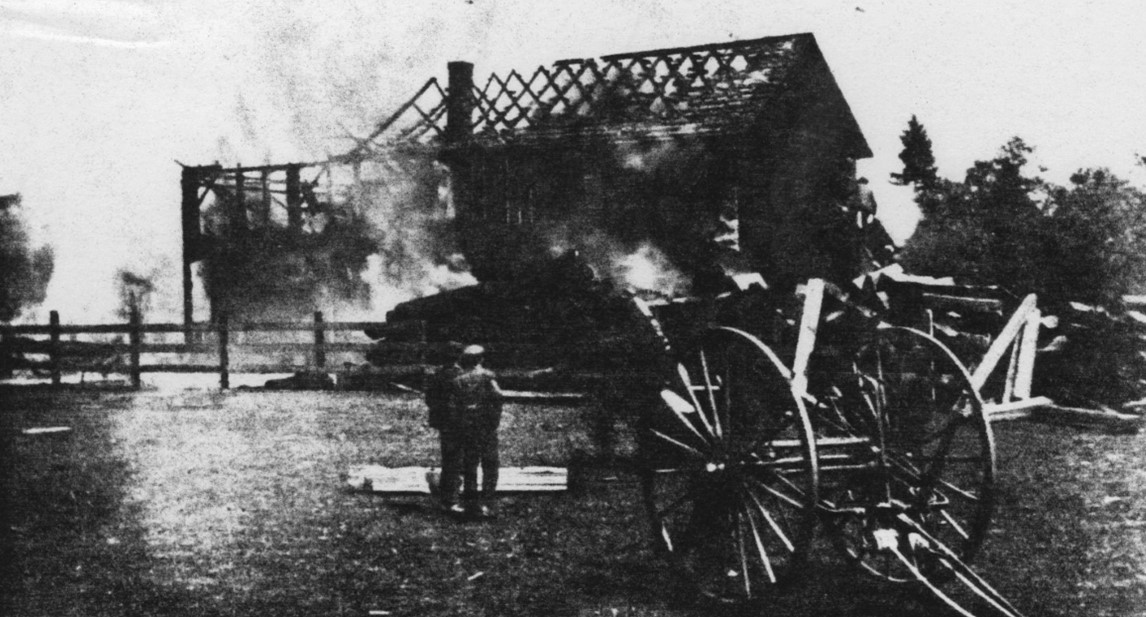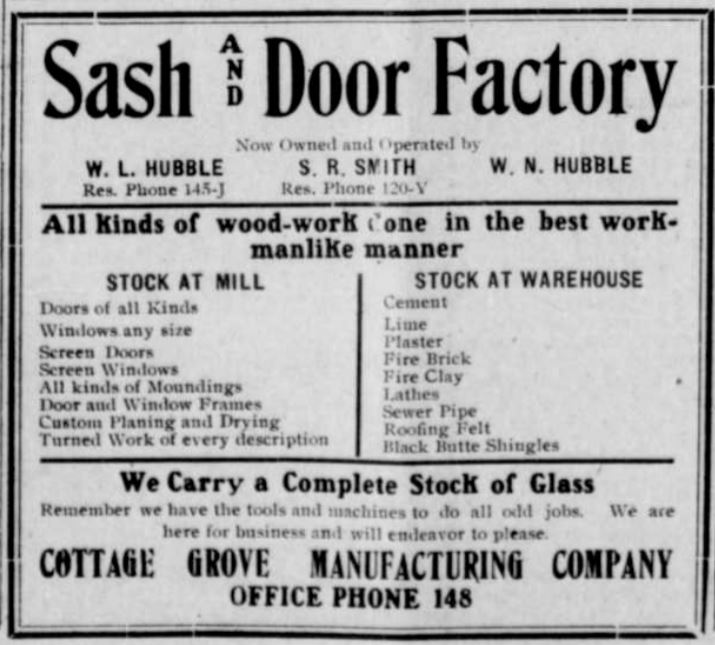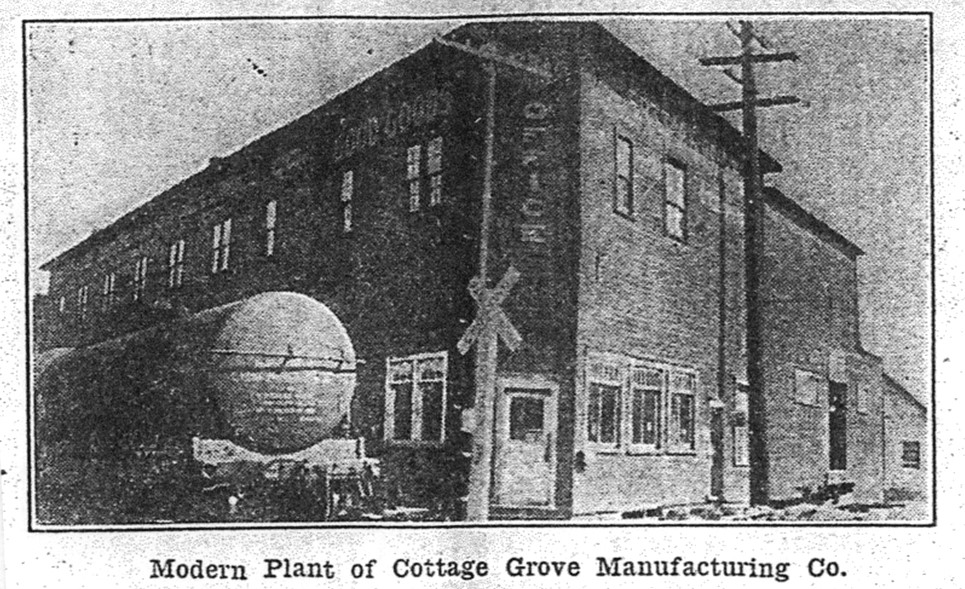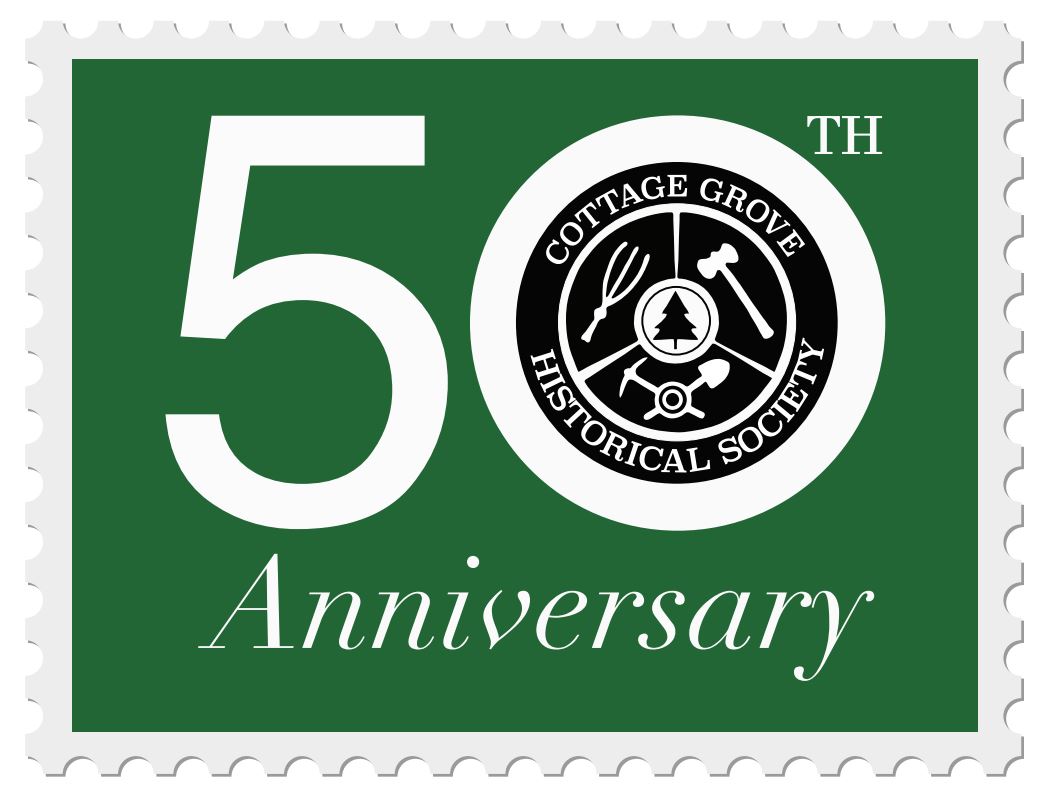Most are aware the economic history of mining, lumber, and agriculture, but Cottage Grove also has its fair share of manufacturing. Here we will look at two early examples.
Match Factory (yes it ends as you would suspect)
Plans for the Match Factory were first mentioned in the Leader on January 10, 1908 with the announcement that Jason E. Fox was establishing the factory to be located in the “laundry building in the Stauffer addition”. The Stauffer (most commonly spelled Stouffer and sometimes even Stopher) addition was 25-acres that included what is now the intersection of Main and 10th street. The same article touts the manufacturing opportunities in Cottage Grove. “It seems that investors and manufacturers are beginning to realize the splendid opportunities and advantages afforded by Cottage Grove for the establishment of various manufacturing enterprises herein and we believe the time is near at hand when Cottage Grove will become quite an important manufacturing city. With the coming of the match factory and laundry we are valuable additions to our sash and door factory, big saw milling plant, flour mill and brick yard enterprises, and the next thing you know, Cottage Grove’s home payroll will be no small consideration.”
Owner Mr. Fox claimed that he expected to employ “five to six girls and as many boys or men”, paying daily wages totaling $20. He believed once it was running at full capacity, they would produce 40 gross per day.
 Two weeks later the newspaper reported that machinery was being installed for the new match factory. It would be another month, the end of February, before the first blocks of matches would be produced. At the time, a block of matches was indeed a block of wood crosscut, with the base remaining intact and the cut ends treated. Match sticks were broken off the full block to be used. Access to wood seems to be one of the draws for establishing the match factory in the area.
Two weeks later the newspaper reported that machinery was being installed for the new match factory. It would be another month, the end of February, before the first blocks of matches would be produced. At the time, a block of matches was indeed a block of wood crosscut, with the base remaining intact and the cut ends treated. Match sticks were broken off the full block to be used. Access to wood seems to be one of the draws for establishing the match factory in the area.
While it may not be a surprise that the match factory ended up being destroyed in a fire, its flammable end was quick to arrive. A date for the fire was not found, the first report appeared in the Western Oregon Newspaper under the heading “Match Factory is Destroyed”. The date of the paper is May 5th and describes the fire as destroying the “flimsy frame” building while leaving most of the machinery salvageable. The May 14, 1908 Eugene Weekly Guard ran the story of the fire but stated that the fire occurred on May 13th. One can speculate about the typo, but in the end, it leaves the actual date of the fire undetermined at this time. The fire started shortly after the staff left at noon, presumably for lunch. The cause of the fire seems to have been as simple as an ember from the furnace that landed in the rafters and started the building ablaze. While the materials used to make the matches may not have been blamed for the fire, they certainly accelerated the flames. It may be that the acceleration of the fire caused the wooden structure to burn fast, resulting in less damage to the metal machinery. The proprietor, Mr. Fox stated that 400 cases of completed matches were shipped that morning before the fire, but another 400 cases were destroyed in the fire. No mention of the fire turned up in an any of the searches of the local Cottage Grove papers, though it would certain have been covered so research will continue….
The Eugene weekly added a few details including that there were 15 employees at the time of the fire and the business had no insurance. This may be the reason the factory never reopened. Other factors may have helped doomed any rebuilding effort. The U.S. began to study the effects of phosphorus poisoning and the effectiveness of safety procedures in match factories. The results of the investigations done by the Bureau of Labor between 1908 and 1909 lead to the 1910 ban on the use of phosphorus in match making.
Sash and Door Factory
Mr. Stouffer and his family passed through Cottage Grove on their way to Portland when they decided to settle here in 1878. His first ventures were located near the Grist Mill where Silk Creek meets the Coast Fork. The site of Willamette Court today. He soon opened a Sash and Door factory with a Mr. Markley. An 1881 article finds the prospect favorable. “Our houses are all too dark, but with more windows, we can have a little more light on the subject.”
There appears to have been a few businesses operating at the area including a planing mill, shingle mill, and furniture factory along with the sash and door factory. The order is not clear but different parts of the complex opened between 1880 and 1883. Not surprisingly the early years experienced a few fires. A June 2, 1883 article stated, “Another blaze in Stouffer & Markley’s planing mill, little damage before extinguished.”
The fires did not seem to deter the success of the business. By the end of 1883 business was good and a planing mill and lumber yard were expanded to improve production and meet demand. In addition to sashes, door and window framing, and doors, the factory also made household items like potato mashers and rolling pins.
Cottage Grove Manufacturing Company

This origins of this company is not completely clear. It is often referred to as a sash and door factory and is located on the Stouffer Additions. In 1902 an article states that Mr. Abrams bought the sash and door company, and while one would assume that the town only had one, this would only be an assumption. The same article names Mr. James Fox as a long time foreman with the company. He would later become the proprietor of the short-lived match factory.
Business seemed to be going well in 1918. On April 19 the Cottage Grove Sentinel reported remodeling plans.
Manufacturing Co. is Remodeling its Plant: Improvements will make the mill one of most modern of kind on the coast. The Cottage Grove Manufacturing company has commenced extensive improvements to its plant. The additions to the main building on the south and east have been torn away and the main building will be extended to take in this extra ground space. All the machinery will be moved and rearranged and sufficient new machinery added to make the plant one of the most modern of its kind on the coast. All machinery will be electrically driven. The company already has on hand orders to keep it busy several months and Manager S.R. Smith thinks that work on these can be started within three weeks.

The granddaughter of a company manager, Donna Hatch Shepherd, recalled that the company was a casualty of the great depression. The buildings were dismantled around 1944 when Albert Woodard bought the property. The company has left its mark, in 1917 the company installed a cement wigwam burner to burn wood waste. Though no longer in use the burner remains standing. A sentry to an era now gone, a whisper from a forgotten company. Keeping its secret with a wink to the few who know a little about local manufacturing history.
Early companies took advantage of access to lumber, waterpower, and shipping via the railroad. While manufacturing has never been the top industry in Cottage Grove, it has been a long-standing economic contributor. That tradition remains today with companies like Kimwood, Pacific Yurts, and PacTech.
